Work Packages
Work packages 1-3
Section A is comparative, focusing on the disparate impacts of the KAZA TFCA on rural societies and economies. It includes three distinct work packages, which will be part of all six field studies. Two studies will be located in Zambia, one each in Botswana and Zimbabwe, one in the Angolan/Zambian borderlands, and yet another one in north-eastern Namibia. Researchers will work with local communities and develop a methodological approach that allows for the comparison of results across KAZA TFCA.
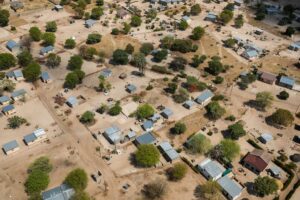
Work package 1
Changing rural livelihoods in the context of large-scale conservation
Work package 1 will explore differences in livelihood changes and examine the contribution of large-scale transboundary conservation to agrarian change.
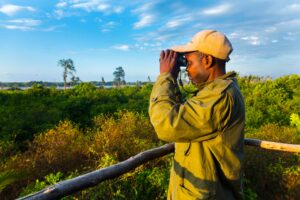
Work package 2
Conflict, Governance, and Institutional Dynamics
Work package 2 will examine institutional dynamics in a large-scale conservation context.
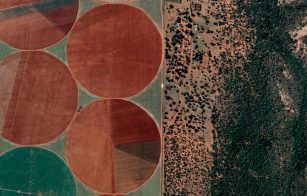
Work package 3
Multi-Species Knowledge and Practices
Work package 3 addresses shifting politics of conservation knowledge in the context of human-nonhuman entanglements.
Work Packages 4-9
Work packages in section Z are anchored in single species and trace linkages within particular assemblages. Research on assemblages will follow human and nonhuman actors – animals, plants, microbial beings and their vectors, researchers, conservationists and their discourses and projects. Multi-sited ethnographies will serve to investigate complex multi-species and multi-scalar assemblages.
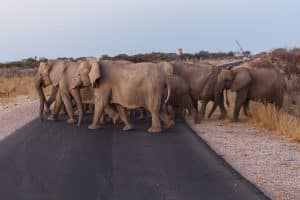
Work package 4
The Elephant Assemblage
Elephants are perhaps the most contested, commented-upon, and researched wildlife species. As landscape architects, elephants have sizeable impacts on their surroundings. They damage gardens, threaten rural livelihoods, pave terrain for antelopes, and shape the vegetation over vast tracts of land.
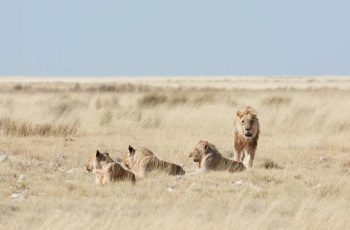
Work package 5
The Lion Assemblage
Growing lion populations and recent expansion of their ranges have notable impact on other species. In the early 2010s, lion predation on cattle in Namibia’s Zambezi Region resulted in protests and revenge killings against lions or entire lion prides....

Work package 6
The Glossina/ Trypanosoma Assemblage
The Glossina/Trypanosoma Assemblage will deal with the spread of trypanosome micro-organism (causing sleeping sickness in humans and Trypanosomiasis, locally nagana, in cattle), applications of microbicides, veterinary technologies, and administrative efforts to control sleeping sickness.
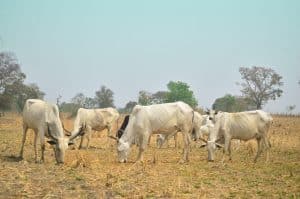
Work package 7
The Foot-and-Mouth Disease (FMD) Assemblage
The Foot-and-Mouth disease (FMD) Assemblage is closely linked to conservation. The resurgence of buffalo populations across the KAZA TFCA has brought about FMD infections among all cloven-hoofed animals, including cattle.

Work package 8
The Cattle Assemblage
The Cattle Assemblage consists of cattle herds, their owners, local markets, and veterinary services fighting viruses and other microorganisms. Why cattle in a research project focusing on wildlife? Cattle numbers have increased tremendously in some parts of the KAZA TFCA region.
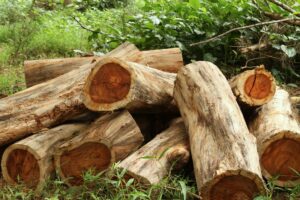
Work package 9
The Forest Assemblage
Rosewood (Pterocarpus tinctorius) is present in the KAZA TFCA and formally well protected, as it is of immense value on Eastern Asian markets. The rosewood assemblage consists of East Asian consumers, logging teams often headed by East Asians, transporters, border and harbour officials, local communities protecting the tree, traditional authorities allegedly selling them, and local scouts tracing the trees’ whereabouts
